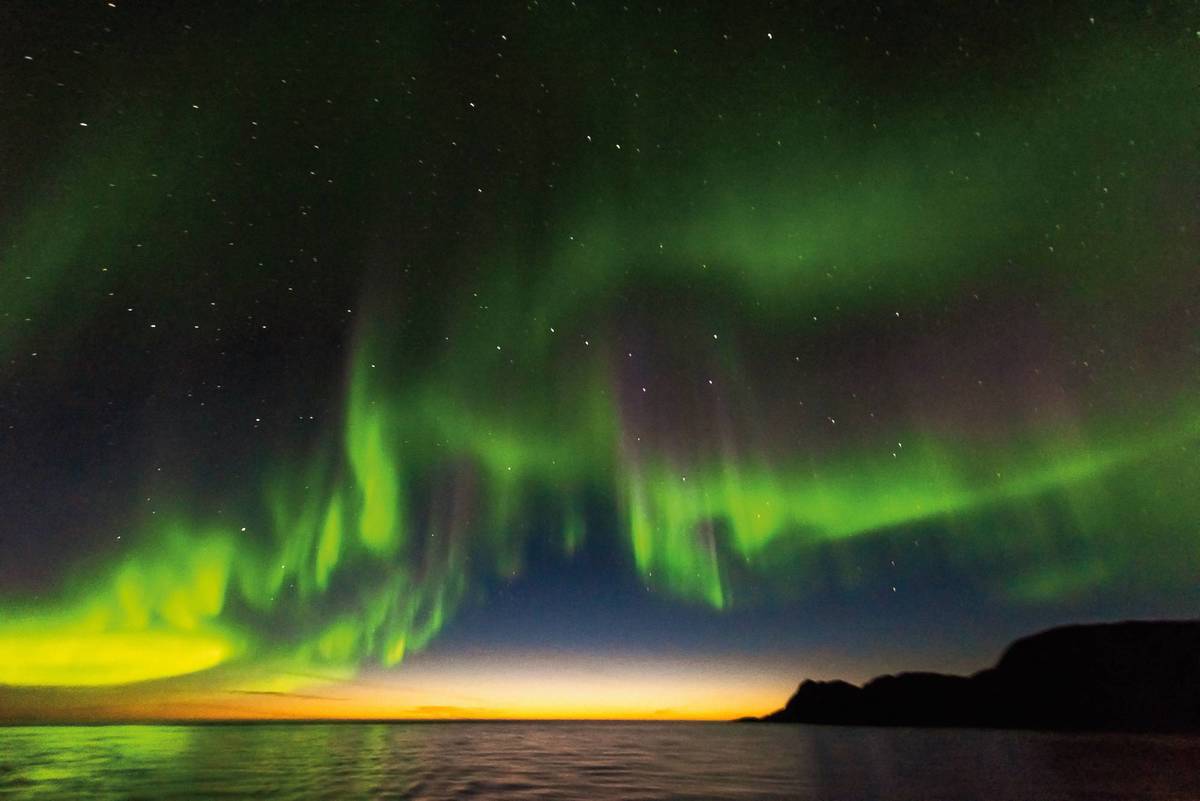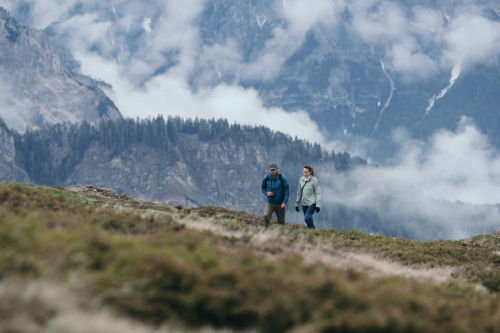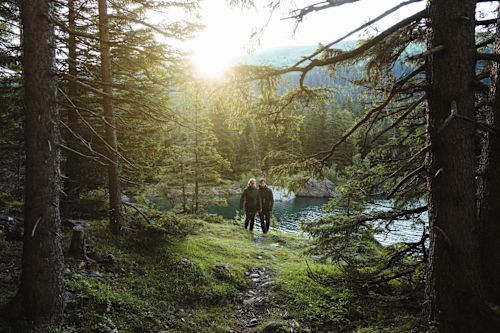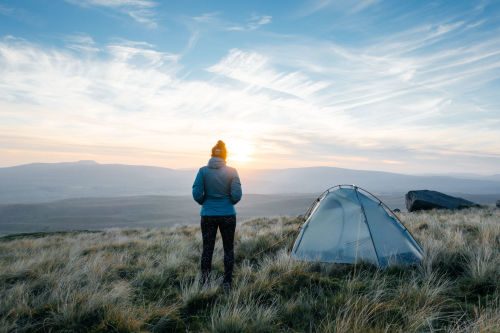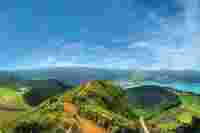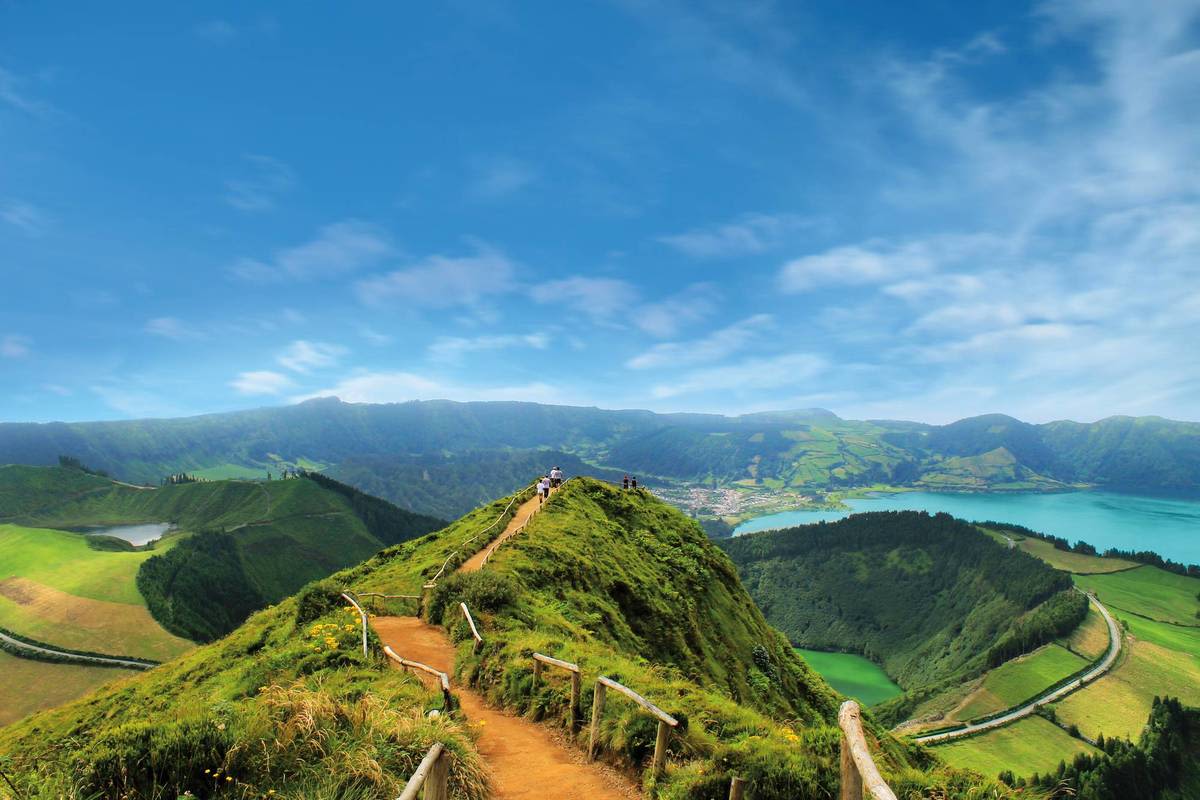How do you prepare for observing animals or natural phenomena? What tricks does the pro have up his sleeve and in what situations are there no tricks at all? We ask Wolfgang Bittmann, a biologist and long-serving expert on board the expedition ships of Hapag-Lloyd Cruises. At the moment, the HANSEATIC inspiration is exploring the Azores, soon to be joined by the HANSEATIC nature.
Observing nature is a great art. How does a pro prepare when he wants to study wild animals or special phenomena like a sunrise or the Northern Lights?
“To be in the right place at the right time, you need to have as much knowledge of the target object as possible. If I know when and in what conditions Northern Lights might appear, I look for a suitable place and take up position. If I have read which flower a butterfly prefers to head for, I position myself there. If you have found out where the Golden Plover is likely to rest on the way to its wintering grounds – then you simply have to go there!”
We have all experienced the situation: the others see something, point up to the sky, but you can’t manage to pick up the bird. Is there any trick for alignment?
Not really. If the well-intentioned, but often confusing information from the others doesn’t lead to success – don’t give up and keep trying!
How important is the right clothing? It often happens, you’re walking on deck, quickly grab the binoculars and then you’re standing at the railing watching whales in 3 degrees Celsius (37 degrees Fahrenheit). That doesn’t feel good for long...
It’s only logical that pleasure quickly disappears without the right clothing. In Polar regions, you need to keep a fleece or warm jacket close to hand and always take it with you, even if you’re just quickly going out onto the deck. For the Azores: three seasons in one day is by no means rare, even if the Azores High is located above the islands. This applies in particular to water from above, although this is usually over very quickly. Which means that rain protection is an essential part of your kit for activities such as hiking, even in beautiful sunshine.
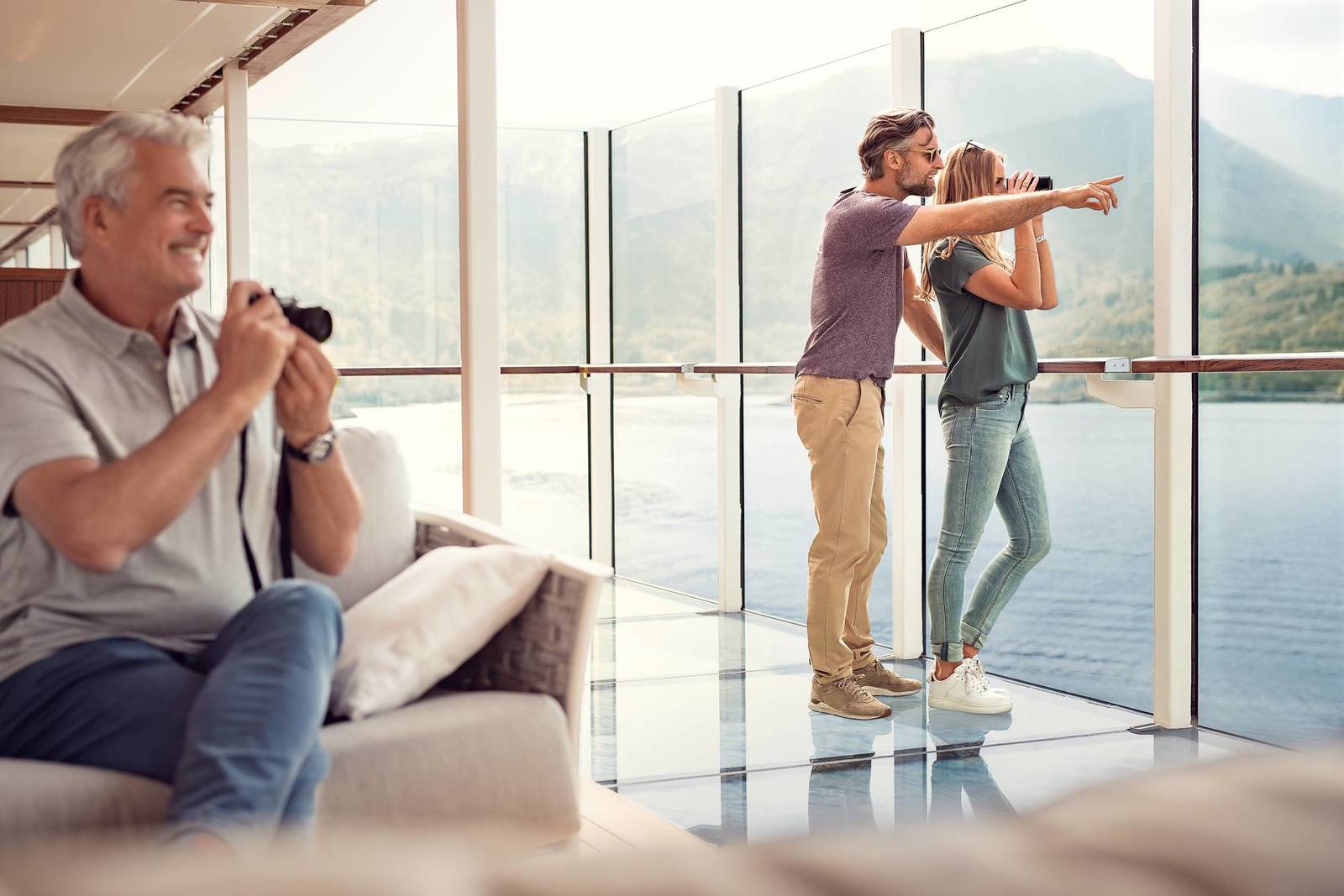

How can you judge the quality of binoculars?
Don’t skimp! Good binoculars need to be bright and not too heavy. For me, magnification, i.e. an eyepiece size, of 8x30 or 10x30 is ideal. Some binoculars now have an anti-vibration button – an image stabilizer. The SWAROVSKI OPTIK binoculars provided on board the Hapag-Lloyd Cruises expedition ships even have an app that allows you to show what you’re viewing on a smartphone.It’s also important that the binoculars have a kind of diopter scale to set the viewing sharpness. All this might cost a bit more, but it’s well worth it!
Ships move and this presents an additional challenge…
When the sea gets choppy, there is just one thing to do on board: always keep a hand free to grip on! Naturally, this doesn’t make it easy to look through binoculars. So you either sit down or find a secure object to lean on, but preferably not on the ship’s railing if it’s really rough.
What can you see when you look through binoculars in the destination of the Azores?
Volcanoes, volcanoes, volcanoes – a geological textbook! But also a fascinating topic: “From lava to green islands.” What creatures inhabited these volcanoes and how did they live? What new species are emerging in these natural laboratories? To what extent have people intervened, changed landscapes or introduced species? Dolphins and whales are another of the sights in the Azores. In particular, sperm whales, pilot whales, and other dolphins are at the very top of the list of the almost 30 sea mammal species that can be observed here. Perfect objects for observing these sea mammals. Perfect objects to observe through binoculars.
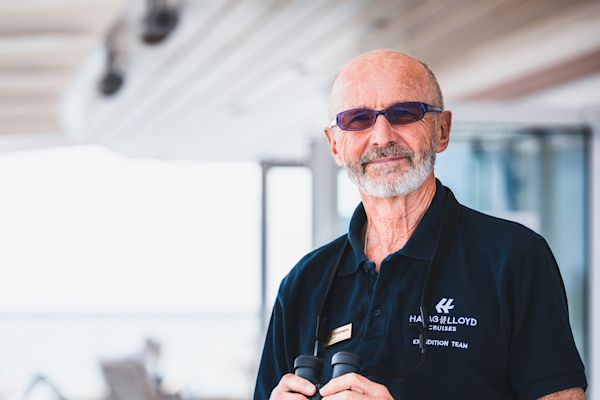
About
Wolfgang Bittmann
has been one of the long-standing experts on board Hapag Lloyd Cruises since 1993. He was drawn to the Galapagos Islands after studying biology, geography and chemistry. In Germany, he worked at the Grifenwarte Burg Guttenberg and participated in various television documentaries as an expert, consultant and actor.
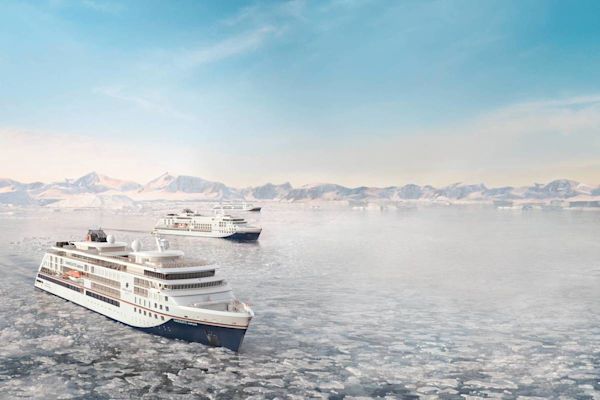
Hapag-Lloyd Cruises
Inspired by nature
– this is the design concept for the new Hapag-Lloyd Cruises expedition class. The facilities on these modern, maneuvrable ships are tailored precisely to passengers’ needs: a publicly accessible observation track at the bow, glass balconies, and the Ocean Academy to pass on knowledge. In the bathroom of each cabin, there is a heated wall for drying the expedition parka we provide free of charge on Arctic and Antarctic trips. In each cabin, there are hiking poles and CL binoculars (in the suites, there are two sets of binoculars).
Photo copyright: Hapag-Lloyd Cruises

